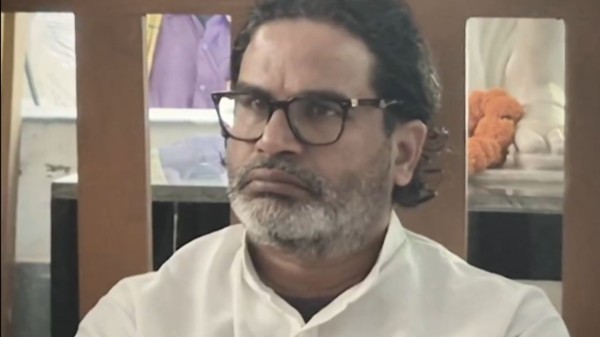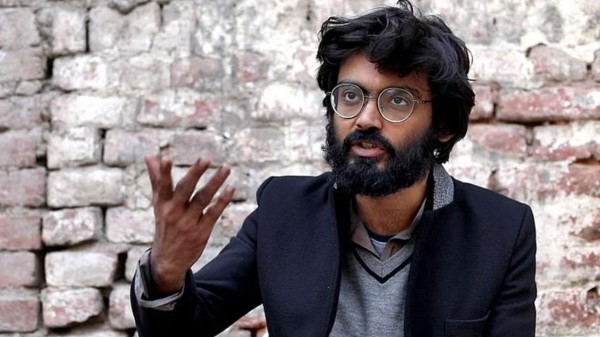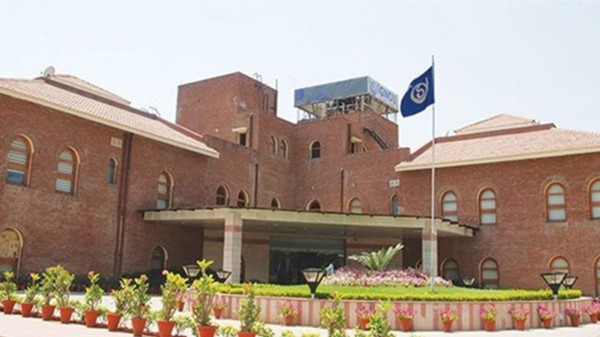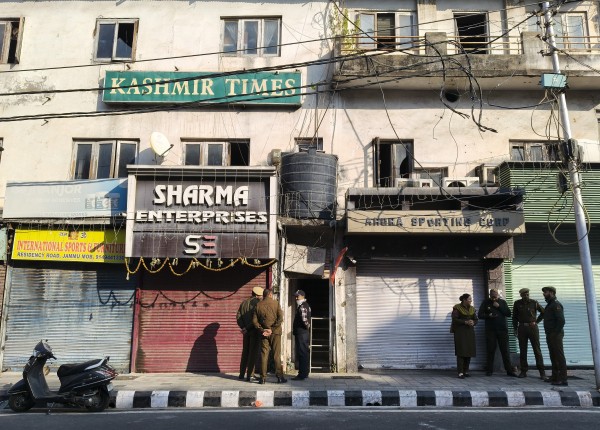

By signing in or creating an account, you agree with Associated Broadcasting Company's Terms & Conditions and Privacy Policy.


By signing in or creating an account, you agree with Associated Broadcasting Company's Terms & Conditions and Privacy Policy.
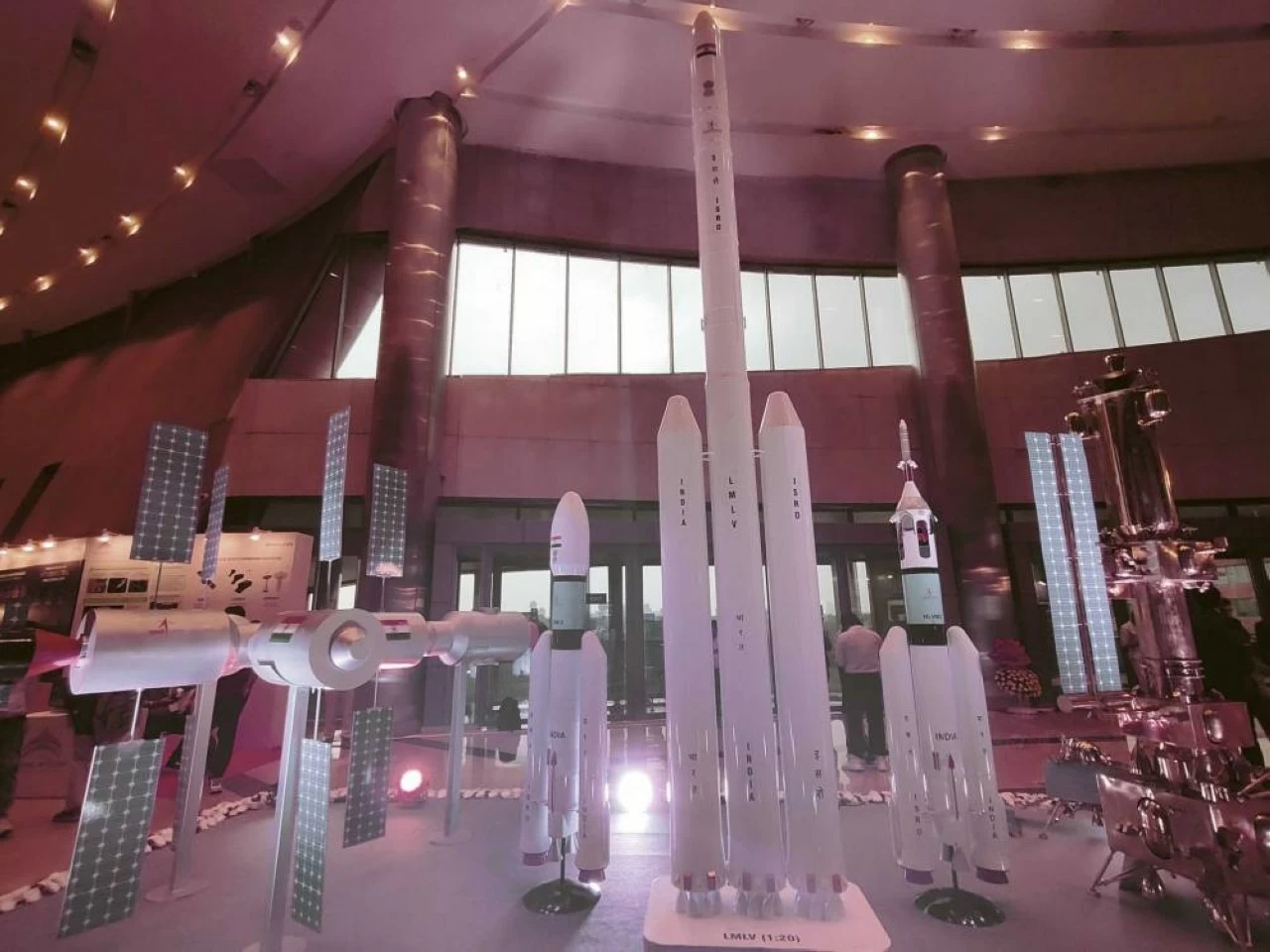
India got its first look at the Lunar Module Launch Vehicle (LMLV), the heavy-lift, partially reusable rocket that ISRO intends to send to the Moon, with humans on board, by 2040. A 1:20 scale model of the rocket was exhibited at Bharat Mandapam, in Pragati Maidan, New Delhi for the National Meet 2.0, organised a day before the second National Space Day commemorating the second anniversary of Chandrayaan 3 landing on the surface of the Moon on August 23, 2023. Once developed, the LVLM will the be tallest and mightiest rocket in ISRO's fleet.
ISRO also revealed a development roadmap for its space transportation system. ISRO Chairman V Narayanan said, "Today, we have conceived a rocket to take 80,000 kg to low Earth orbit (LEO), and a 40 story height rocket, with 2600 ton lift-off mass capability, powered by 27 240 ton LOX-Methane engines. What a significant and great progress." The configuration of the next-gen launcher has been modified, and is now rolled into the development of the LMLV. Missing from the exhibit was the Soorya rocket, a scale model of the NGLV, that was exhibited at the same venue, for the National Space Day celebrations last year.
The LMLV can carry a payload of 85,000 kg to low-Earth orbit, with the capability of injecting 31,000 kg into a translunar orbit The rocket has a height of nearly 100 metres with a diameter of 6.5 metres. The LMLV is a three-stage to orbit rocket with a lift-off mass of 3000 ton. The first stage consists of seven LOX-Methane engines, with strapons of similar configuration. The second stage uses two LOX-Methane engines, while the third stage uses a pair of LOX-LH2 engines. ISRO plans to start with an expendable rocket, but them plans to shift to a partially reusable design.

